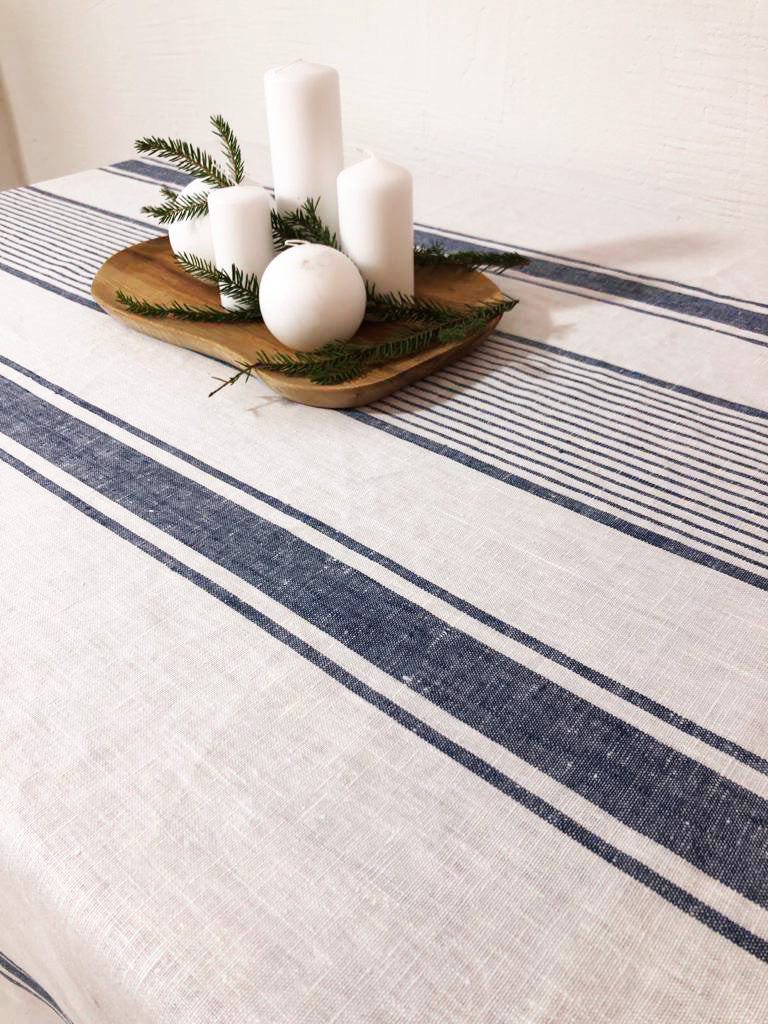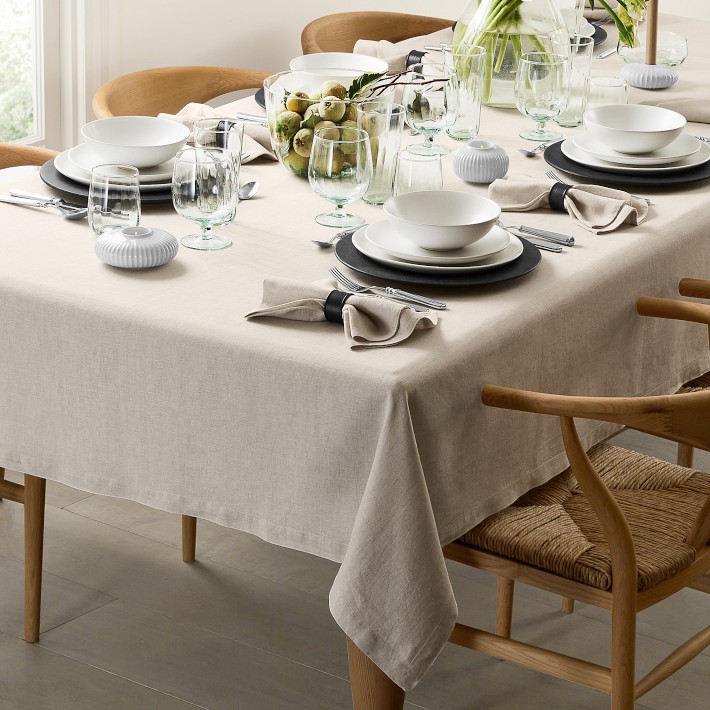Bed Linen Textile: Understanding the Origins, Features, and Advantages of This Elegant All-natural Product
Linen, the refined and sophisticated material known for its elegant feeling and timeless appeal, has an abundant background that goes back centuries. Its origins can be mapped to old human beings that treasured its exceptional high qualities. Beyond its historic importance, bed linen has distinctive attributes that set it apart from various other textiles, making it a prominent option in the globe of style and interior decoration (flat sheet). Understanding the benefits of this all-natural product surpasses plain aesthetic appeals; it provides a series of advantages that provide to both ecological and sensible considerations. From its versatility in various applications to its lasting production methods, bed linen remains to astound and influence.
Historical Origins of Bed Linen
Bed linen, a material with ancient beginnings, has played a significant role throughout background due to its impressive homes and convenience. Dating back to old civilizations, bed linen has been a prized fabric for its extraordinary breathability, sturdiness, and extravagant feeling.
In middle ages times, bed linen remained to be highly esteemed, with its manufacturing coming to be a considerable sector in Europe. The flexibility of bed linen made it a staple textile for apparel, home products, and also sails for ships. During the Renaissance, bed linen was more raised in condition, with its use in fine garments and house linens representing riches and social standing.
Distinctive Features of Bed Linen
Popular for its extraordinary breathability and toughness, bed linen material boasts distinctive characteristics that have made it a favored fabric for centuries. One of the essential functions of linen is its unparalleled breathability, which permits air to move with the fabric easily.
Bed linen material additionally becomes softer and a lot more comfortable with each laundry, boosting its appeal over time. Its ability to withstand dust and spots, along with its hypoallergenic homes, additionally contribute to the attraction of bed linen as a costs fabric selection.
Advantages of Using Bed Linen
With its exceptional breathability and longevity, linen textile provides a wide variety of benefits that make it a preferred selection for different clothing and household things. Among the primary benefits of utilizing bed linen is its breathability. Bed linen fibers are hollow and enable better air flow, keeping the body cool and comfy in warm climate. Additionally, bed linen is very absorbing, qualified of soaking up moisture without really feeling wet, making it excellent for summer garments.
Furthermore, linen is a durable textile that ends up being softer and much more comfy with each laundry, making sure long life and decreasing the demand for constant substitutes. This toughness additionally prolongs to its resistance to moths and carpet beetles, making linen items less prone to damage contrasted to various other products.
Additionally, linen is a sustainable choice, as it is made from the flax plant, which needs much less water and pesticides to grow contrasted to cotton. Its Click Here all-natural fibers are also naturally degradable, adding to environmentally friendly methods. To conclude, the benefits of utilizing bed linen incorporate comfort, sturdiness, resistance, and sustainability to bugs, making it a appealing and versatile option for numerous applications.
Versatile Applications of Linen

Bed linen drapes bring a touch of underrated deluxe to living areas, permitting natural light to filter with while adding texture and deepness to the room. Pillow covers, table bed linens, and also upholstery advantage from linen's flexible homes, including a touch of class and comfort to any kind of home setup.
Sustainability in Linen Manufacturing

Furthermore, bed linen is a biodegradable material, guaranteeing that at the end of its lifecycle, it will naturally break down without hurting the atmosphere. The sturdiness and long life of linen products additionally add to sustainability by decreasing the frequency of replacements. Additionally, bed linen's natural protecting residential properties can conserve energy by keeping people cool in heat and warm in colder climates, possibly decreasing the reliance on artificial home heating and cooling systems. Accepting linen as a sustainable option in fabrics lines up with the growing worldwide focus on environmentally conscious techniques in different sectors.
Conclusion
Finally, bed linen material has a rich historical background, unique qualities, and various benefits. Its adaptability in applications and lasting manufacturing methods make it a highly sought-after material in various sectors. Linen's distinct buildings such as breathability, toughness, and moisture-wicking capabilities set it in addition to other fabrics, making it a extravagant and practical option for garments, home fabrics, and various other items. Overall, bed linen remains a ecologically pleasant and classic choice for customers looking for quality and sustainability.
During the Renaissance, bed linen this hyperlink was additional elevated in standing, with its usage in fine garments and home bed linens symbolizing wealth and social standing. (flat sheet)
Renowned for its outstanding breathability and sturdiness, linen material boasts distinct features that have made it a popular fabric for centuries.With its remarkable breathability and longevity, linen fabric provides a multitude of advantages that make it a preferred choice for different garments and household things. Padding covers, table linens, and also upholstery benefit from bed linen's functional homes, adding a touch of class and comfort to any kind of home setup.
Bed linen's distinct residential properties such as breathability, durability, and moisture-wicking capabilities establish it apart from various other read more fabrics, making it a elegant and practical option for apparel, home textiles, and various other items.